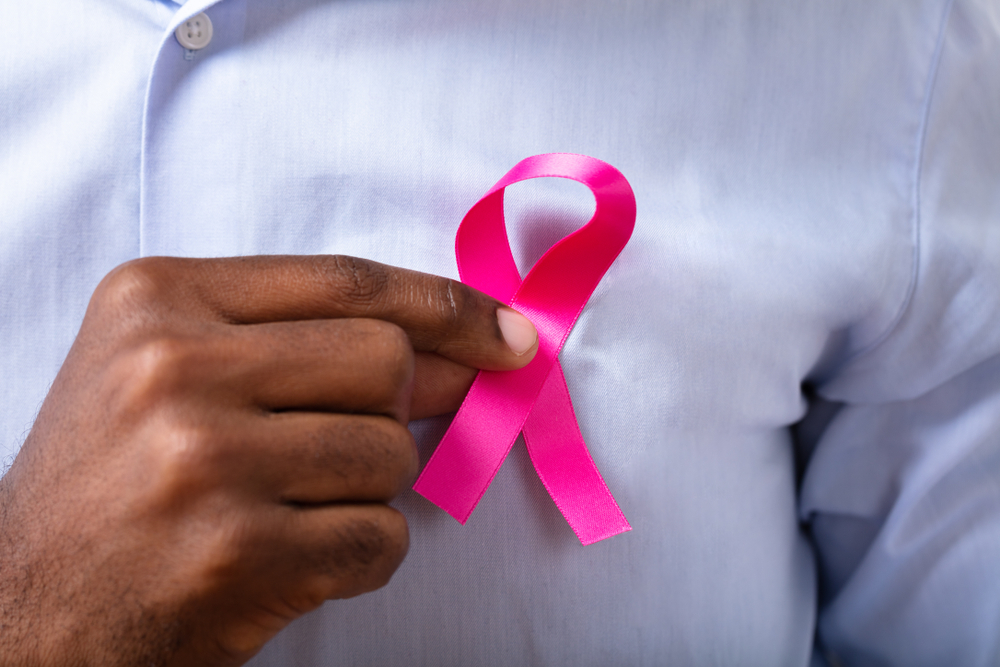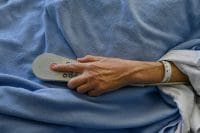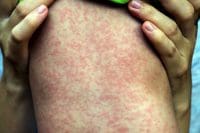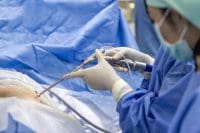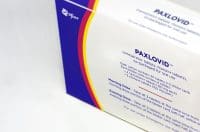Efforts to fight breast cancer have been ongoing for years, and for good reason: It’s the leading second cause of cancer death in women. Men, however, frequently are overlooked when it comes to discussions of breast cancer and prevention.
As has happened in the past with other diseases and conditions, when a public figure is diagnosed, the spotlight shifts. And that’s true with male breast cancer this week. You may have seen recently that Beyonce’s father Mathew Knowles was diagnosed with breast cancer and is currently undergoing treatment. He’s speaking out to spread the word and encourage men to seek help if they experience any signs or symptoms. Here are some facts about breast cancer in men that may help you in your practice:
- The American Cancer Society predicts that 2,670 new cases of invasive male breast cancer will be diagnosed in 2019 and that 500 men will die from it.
- Signs and symptoms of breast cancer in men include
- lump or swelling that may be painless
- skin dimpling or puckering
- nipple retraction
- red or scaling nipple or breast skin
- nipple discharge (Knowles first realized something was wrong when he had bleeding from his nipple).
- Invasive ductal carcinoma is the most common form of breast cancer in men.
- Men diagnosed with breast cancer should receiving genetic testing to see if they have the BRCA1 or BRCA2 gene. Just as in women who test positive these genes, the mutation can be passed to the children of men who test positive.
- Treatment for breast cancer in men is similar to that for women and may include mastectomy, radiation, and chemotherapy.
Nurses and other healthcare providers can include questions about breast health in their assessments of male patients. Making it a routine part of healthcare conversation may help reduce any stigma or embarrassment men feel.
Source: CBS New York

